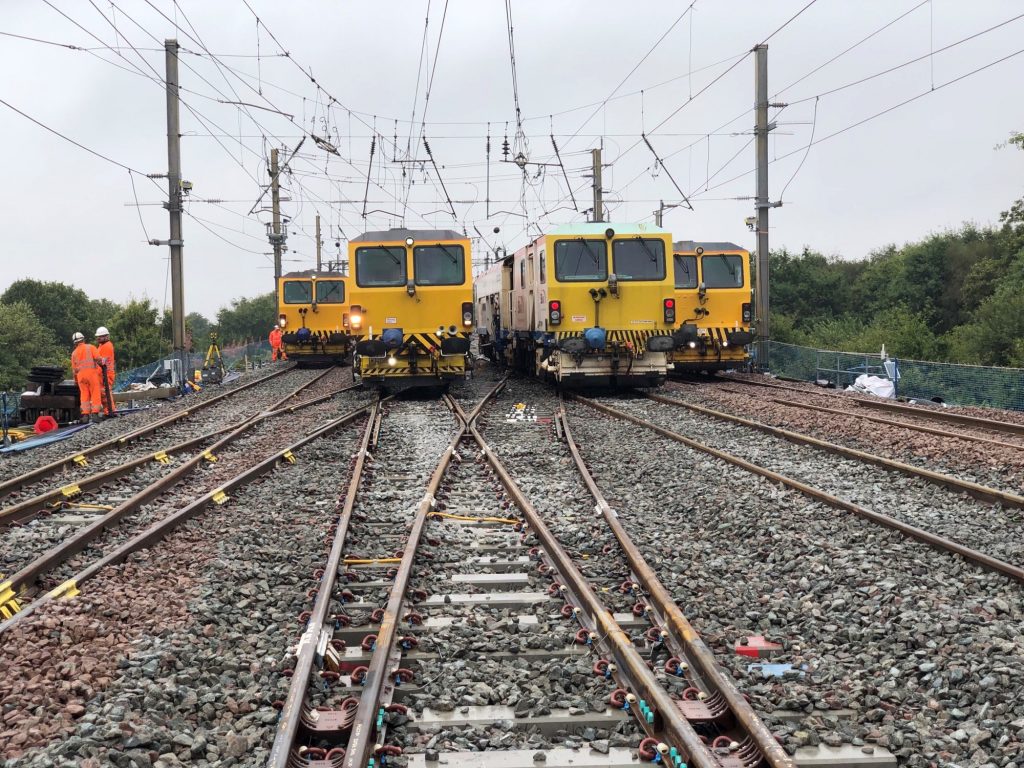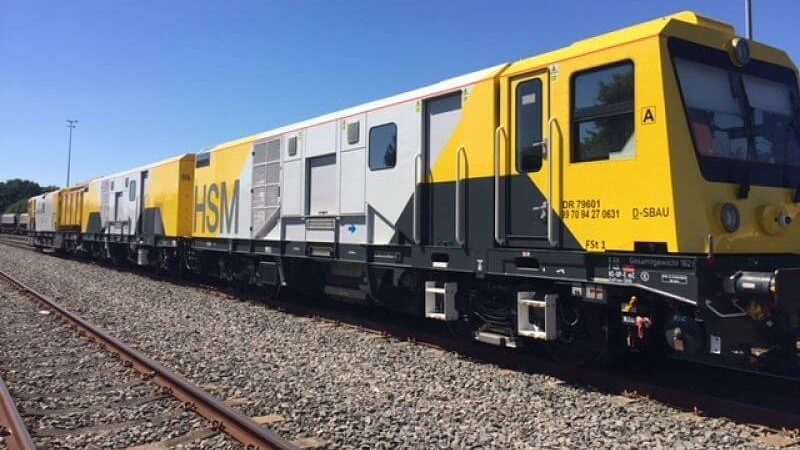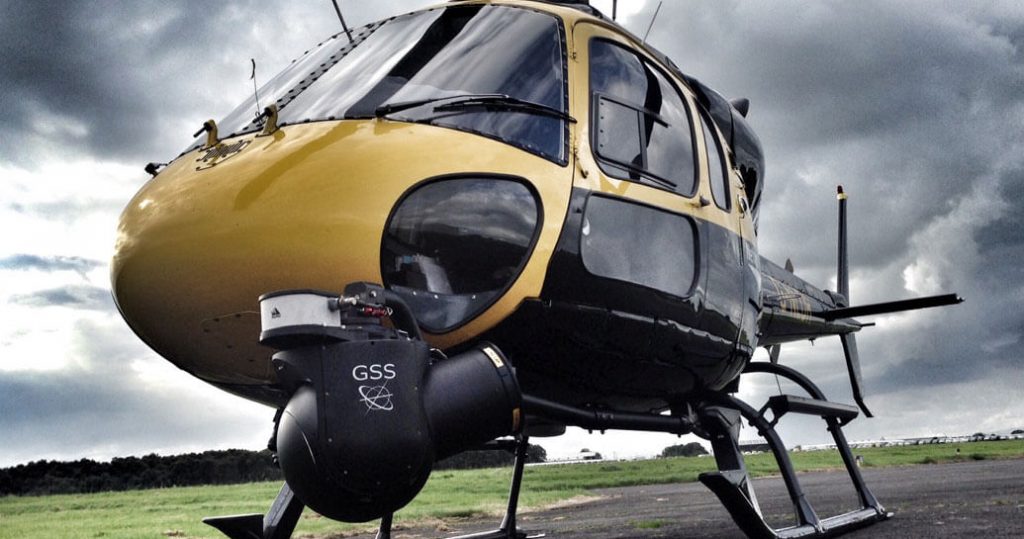It takes a seriously special fleet of machines and vehicles to keep you moving today – and into the future.
Our job is to keep your railway running safely and reliably. And we use only the best to do it.
Watch this video to find out more:
New Measurement Train
Our New Measurement Train (NMT) monitors and records track condition information at speeds up to 125mph. It helps locate and identify faults before they become a safety issue or affect our performance.
Affectionately known as the Flying Banana due to its distinctive yellow livery, the NMT is a unique, high-tech machine that we’ve been using for almost 15 years. Equipped with the newest equipment, high-tech measurement systems, track scanners, and a high-resolution camera, this converted Intercity High Speed Train (HST) helps us measure the condition of our tracks.


High Output
More frequent services mean tracks need to be renewed more often. High Output (HO) keeps the railway running, carrying out 70% of Britain’s track renewal work.
High Output teams are on the railway every night, carrying out vital track renewals overnight that used to take entire weekends. This means less disruption to train services.
Each night, High Output teams replace up to a mile (1.6km) of ballast, and renew rails and sleepers over ¾ of a mile (1.2km), on the plain-line (straight) track. The track is settled enough for train services to run at normal high speeds straight after HO work is finished.
Mobile maintenance train
The state-of-the-art mobile maintenance trains (MMTs) make working on the railway quicker, safer and more efficient as well as less disruptive for passengers and freight.
Our eight MMTs provide a ‘workshop on wheels’ for engineers and track workers as they carry out repairs, renewals and upgrades to Britain’s 20,000-mile rail network.
MMTs reduce the amount of disruption engineering work usually causes because they may be able to work on a section of track without having to close the railway next to it.


Tamper
Tamping machines do the same job as stoneblowers, restoring the line and level of the track, but work in a slightly different way.
They insert large tools called tines into the ballast – the stones beneath the track – and then force the tines together to move ballast under the sleepers.
The tamping machine moves additional ballast under the sleepers to raise the height of the track and can move the track sideways if required.
Rail milling train
Replacing damaged rail is expensive, time-consuming and requires lots of staff on-site. We now have the option to use a dedicated engineering train to improve existing rail.
Replacing track can cost hundreds of thousands of pounds. To replace the quarter-mile stretch of track shown in the video would have cost £100,000. By using the rail milling train instead, we made the rails as good as new for just 20 percent of that cost.


Snow plough
We use many types of snow plough – which to choose depends on the location of the railway line, weather conditions and depth of snow.
Mini snow ploughs (MSPs) – owned by freight operating companies – clip on to the front of locos that are operated under contract to us, and as the name suggests, they’re the smallest of the ploughs. Their blade can be adjusted for snow depth but can’t usually cope with more than 18 inches.
Air Ops
Our Air Operations team surveys the railway by helicopter and unmanned aircraft systems (UAS, or drones).
Inspecting the railway by air improves performance, reliability and safety – with no disruption to train services or work site activities.
Flying drones on or around our infrastructure and people is a specialist and potentially high-risk activity. It is illegal to fly a drone on or near the railway. So we have a framework of approved suppliers and specially trained in-house pilots, who are the only people authorised to fly drones for Network Rail.

Read more:
Our fleet – machines and vehicles




